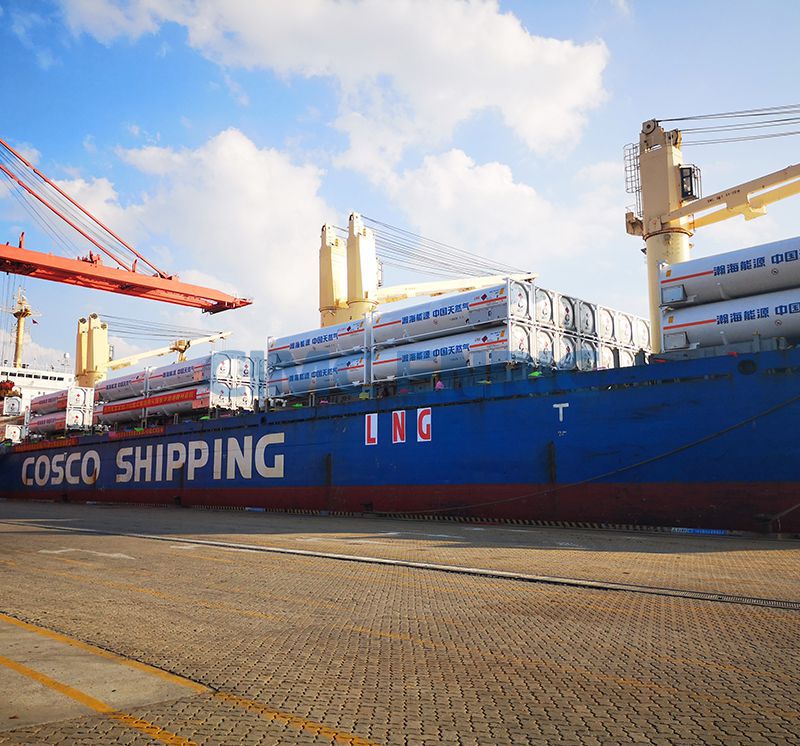What are the containers for LNG?
Jan. 26, 2024
Containers for LNG (Liquefied Natural Gas) are specialized vessels designed to transport and store LNG in its cryogenic liquid state. These containers play a crucial role in the safe and efficient handling of LNG, facilitating its storage, transportation, and distribution.

The primary container types for LNG are LNG carriers and storage tanks. LNG carriers are ocean vessels specifically constructed to transport large quantities of LNG across long distances. These carriers are equipped with advanced insulation and containment systems to maintain the extremely low temperatures required to keep LNG in its liquid form during transit.
The design and construction of LNG carriers involve sophisticated engineering to ensure the safety of both the cargo and the vessel. Double-hulled structures, advanced insulation materials, and containment systems, such as membrane tanks or independent tanks, are implemented to prevent leakage and maintain the integrity of the LNG cargo.
In addition to carriers, LNG storage tanks are essential for onshore facilities, providing a means to store LNG before distribution. These tanks are designed to withstand the cryogenic temperatures of LNG and prevent vaporization. They come in various types, including flat-bottomed, spherical, or bullet-shaped tanks, each with its own advantages depending on factors like site conditions and storage requirements.
The selection of container types is based on several factors, including the volume of LNG to be transported or stored, transportation distance, and operational considerations. The capacity of LNG carriers, for example, varies widely, ranging from small-scale carriers suitable for regional transportation to large-scale vessels capable of global transit.
Related links:What is the capacity of LNG truck?
What is a bobtail equipment?
Ensuring the safe and efficient transportation of LNG involves compliance with international safety standards and regulations. The International Maritime Organization (IMO) and other regulatory bodies set guidelines for the design, construction, and operation of LNG carriers to mitigate potential risks associated with the transportation of cryogenic liquids.
The significance of understanding the types of containers for LNG lies in their role as critical components of the LNG supply chain. Efficient transportation and storage of LNG are vital for meeting the increasing global demand for natural gas. LNG containers enable the global trade of LNG, supporting energy security and providing access to cleaner-burning fuel sources.
Furthermore, as the world transitions towards more sustainable energy solutions, the proper handling and transportation of LNG contribute to minimizing environmental impacts. The use of advanced container technologies and adherence to safety standards enhance the overall sustainability of LNG as a cleaner energy alternative.
In conclusion, containers for LNG, including carriers and storage tanks, are pivotal in the global energy landscape. Their specialized design and adherence to safety standards enable the safe and efficient transportation and storage of LNG, supporting the growth of the natural gas industry and its role in the transition to cleaner energy sources.
If you have any questions or needs about LNG transportation, you can contact us at CIMC Enric!
43
0
0

Comments
All Comments (0)